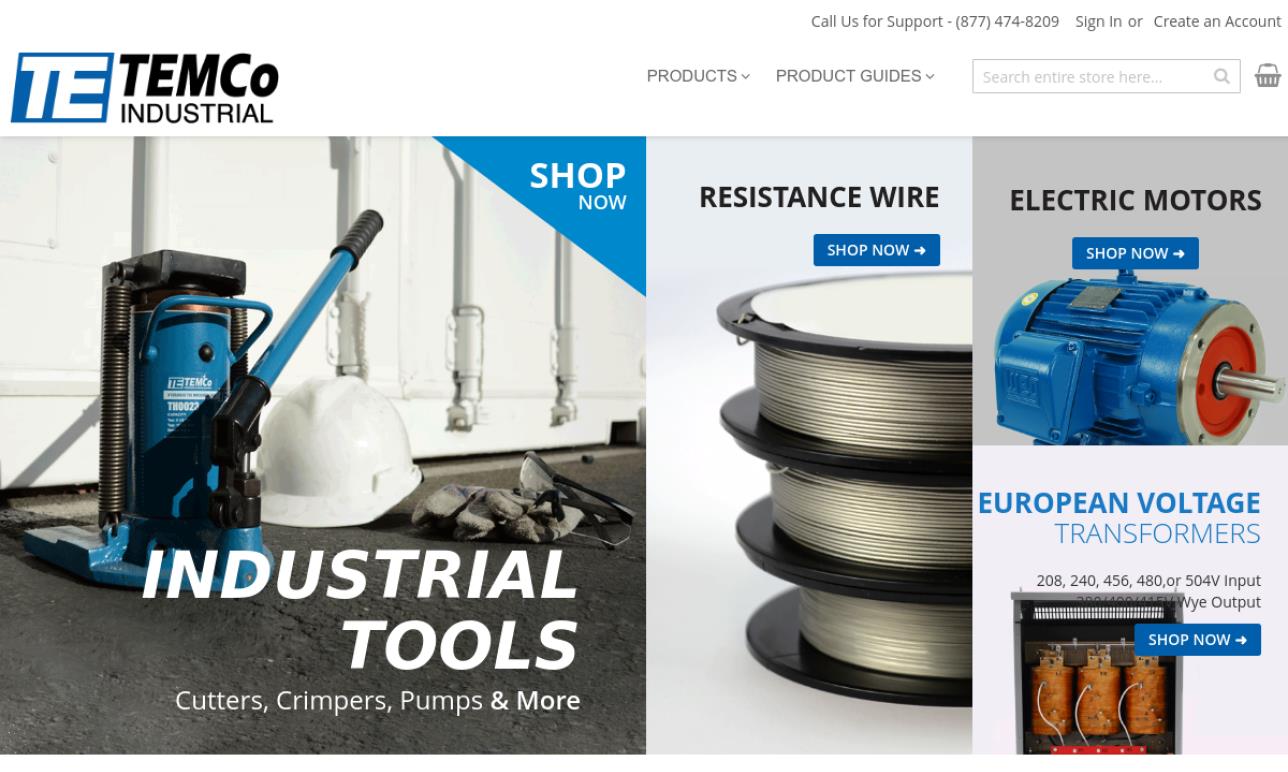
The MLI topologies are essential circuit infrastructures to improve SSTs, including input rectifier, intermediate inverter and rectifier, and output inverter for interfacing to the utility grid and integrating the distributed energy sources. The initial sections of this chapter provide a general description and introduction to the SST concept, followed by architectures and configurations of the most common SST topologies. SSTs have been extensively researched for a few decades as replacements for conventional magnetic transformers, owing to improvements in power electronics devices. This chapter presents SST device configurations and block diagrams based on recent proposals in terms of architectures. The general power conversions in SST (ac or dc) can be as follows:Įrsan Kabalcı, in Multilevel Inverters, 2021 9.5 Conclusions Note that a solid state dc transformer is also possible and may be useful in many applications (such as microgrid dc distribution), where input dc power is converted to HFAC which is then reconverted to dc at different voltage level after transmitting through a high frequency transformer. An SST requires power electronics to convert 60 Hz to HFAC and vice versa, as indicated in Fig. In order to maintain isolation between primary to secondary, an SST uses high frequency ac (HFAC) (typically 10 kHz to 20 kHz) to make the transformer size small.

The SST (often called power electronic transformer) has the same functions. One important feature of the transformer is the ohmic (or galvanic) isolation between the two sides.
#Magnetix transformers free#
The frequency on both sides remains the same (usually 60 Hz in power transformer) and power is free to flow from either side. The transformer may be single or multiphase, and the voltage ratio from primary to secondary depends on the turns ratio. 4.68A, has primary and secondary windings over a common magnetic core. What is a solid state transformer? A traditional electro- magnetic transformer, as shown in Fig. This publication summarizes results of an extensive collaborative development effort between LTC and CTS Wireless Components (formerly Motorola Ceramic Products). Piezoceramic transformers, an arcane and little known technology, have been tamed and made available for CCFL inverter use. 2 What is really needed is high voltage generating capability that is inherently better suited to coming generations of backlight inverters. With the exception of size, all of these problems are addressable, although incurring economic and circuit/system penalties. Finally, the magnetic field provided by conventional transformers can interfere with operation of adjacent circuitry. Another problem area is fail-safe protection due to self-destructive transformer malfunctions. Changes in display choice must be accompanied by commensurate adjustments in inverter characteristics. Practically, this means that the manufacturer must, via either hardware or software, adjust inverter parameters to achieve optimum performance with a given display type. Such problems include the necessity to optimize and calibrate the inverter for best performance with a given display type. Additionally, as refined as magnetic technology is, other inverter problems associated with it also exist. Gary Vaughn, in Analog Circuit Design, 2011 Limitations and problems of magnetic CCFL transformersĬonstruction and high voltage breakdown characteristics of magnetic transformers present barriers to implementing them in these forthcoming space intensive designs. Superconducting magnet system has got potential to store electrical energy, in present scenario it seems to be more viable way to conserve surplus electrical energy. Magnetic field based energy storage/conversion is being tried out to conserve surplus electrical energy generated.

In this direction efforts are on to develop nanocomposite magnetic materials. Rare earth magnet costs being high, alternative rare earth free materials are being explored. At present demand for magnetic materials is very high, and must be low cost with high magnetic energy density. At the initial stage use of carbon free and iron alloys dominated as core materials and in permanent magnets but energy saving efforts replaced them by electrical steel, amorphous thin foils of Fe-Si composition, rare earth NdFeB materials. In this direction many efforts have been initiated to develop different magnetic materials with high permeability, low coercivity, and high magnetic energy product (BH) parameters.

To manufacture more efficient motors and transformers, magnetic hysteresis losses in their core require special attention. Kotnala, Jyoti Shah, in Comprehensive Energy Systems, 2018 2.8.7.1 Permanent Magnet Energy


 0 kommentar(er)
0 kommentar(er)
